The Hells Angels: A Sociological Study

Table of Contents
Historical Origins and Evolution of the Hells Angels
The Hells Angels Motorcycle Club's history is a long and winding road, marked by both rebellion and adaptation. Founded in 1948 in California, the post-World War II era provided fertile ground for the club's emergence. Initially a loose collection of motorcycle enthusiasts, the Hells Angels quickly developed a distinct identity, marked by their rebellious spirit and rejection of mainstream society. This initial group laid the foundation for the global organization it is today. The club's evolution has been marked by periods of expansion, internal conflict, and encounters with law enforcement.
- Post-WWII origins and early membership: The initial members were largely veterans, drawn together by a shared camaraderie and a thirst for freedom. This shared experience shaped the club's early culture and values.
- Expansion across North America and internationally: From their California roots, the Hells Angels expanded across the United States and into other countries, establishing chapters and building their influence. This expansion led to increased interactions—and often conflicts—with other motorcycle clubs and law enforcement agencies.
- Key conflicts and rivalries with other motorcycle clubs: The Hells Angels' history is punctuated by violent conflicts with rival motorcycle gangs, contributing to their image as a dangerous and lawless organization. These conflicts, often rooted in territorial disputes or ideological differences, have shaped the club's internal structure and strategies.
- Evolution of club structure and hierarchy: Over time, the Hells Angels developed a sophisticated hierarchical structure, with clear lines of authority and well-defined roles within chapters. This structure has allowed the club to maintain a degree of internal order and control, even amidst its illicit activities.
- The role of media portrayals in shaping public perception: Media portrayals have played a significant role in shaping public perception of the Hells Angels, often focusing on sensationalized accounts of their criminal activities, thereby reinforcing negative stereotypes.
Social Organization and Structure of the Hells Angels
The Hells Angels' social organization is a key element in understanding their power and longevity. The club operates through a hierarchical structure, with chapters organized under a national or international leadership. Each chapter operates with a degree of autonomy, but ultimately answers to the higher leadership.
- The "1%" identity and its significance: The "1%" patch, adopted in response to the American Motorcycle Association's condemnation of outlaw motorcycle clubs, represents the Hells Angels' defiant rejection of societal norms and laws. This self-identification has become a central element of their identity.
- The role of brotherhood and loyalty within the group: Strong bonds of brotherhood and loyalty are crucial for maintaining cohesion and discipline within the club. This intense loyalty fosters a sense of belonging and mutual support, even amidst illegal activities.
- Internal conflict resolution mechanisms: Despite the image of chaos, the Hells Angels have internal mechanisms for resolving conflicts and maintaining order. These mechanisms, while sometimes brutal, are essential for preserving the club's stability.
- Control and discipline within the club's structure: Strict rules and codes of conduct govern the behavior of members, ensuring compliance and preventing internal disruptions. Punishments for violating these rules can be severe.
- The role of patches and insignia: Patches and insignia are not mere symbols; they represent status, affiliation, and loyalty within the Hells Angels' hierarchy. These symbols are carefully regulated and play a significant role in maintaining group identity.
Criminal Activities and Economic Activities of the Hells Angels
The Hells Angels are known for their involvement in various criminal activities, which are essential for understanding their financial strength and societal impact.
- Drug trade and its role in club finances: Drug trafficking, including the manufacturing, distribution, and sale of illegal substances, constitutes a significant source of revenue for the Hells Angels.
- Extortion rackets and protection schemes: The club uses intimidation and violence to extort money from businesses and individuals, often operating under the guise of providing "protection."
- Involvement in illegal arms trade: The acquisition and sale of illegal firearms are another source of revenue and power for the club, aiding in their criminal activities.
- Money laundering techniques: The Hells Angels employ sophisticated money laundering techniques to conceal the origins of their illicit income, making it difficult for law enforcement to track their finances.
- Legitimate businesses used for fronting criminal activities: The club frequently uses legitimate businesses as fronts for money laundering and other illegal activities, making it challenging to distinguish their legal operations from their criminal enterprises.
The Hells Angels and Society: Public Perception and Media Representation
The public perception of the Hells Angels is heavily influenced by media portrayals, which often sensationalize their criminal activities and reinforce negative stereotypes.
- Stereotypes and misconceptions about the club: Common misconceptions about the Hells Angels include portraying them as uniformly violent, solely motivated by criminal gain, and lacking any redeeming qualities.
- The impact of sensationalized news coverage: Media coverage often focuses on dramatic events and violent incidents, reinforcing negative stereotypes and fueling public fear. This sensationalism often overshadows any attempts at a more nuanced understanding of the club.
- Public fear and societal response to Hells Angels presence: The club's presence in communities often elicits fear and negative responses from residents, leading to increased police surveillance and social tension.
- The club's use of public image and branding: While often perceived as negative, the club strategically manages its image, utilizing its motorcycle culture and rebellious identity to both attract new members and project an aura of power and defiance.
- The influence of pop culture and media on perceptions: Popular culture, from books and movies to television shows and music, plays a significant role in shaping public perceptions of the Hells Angels, perpetuating existing stereotypes or presenting new interpretations.
Conclusion
This sociological study of the Hells Angels reveals a complex organization with a rich history, intricate internal structure, and significant impact on society. From their post-war origins to their current global presence, understanding their evolution requires a nuanced perspective that moves beyond simplistic generalizations. The club's activities, both legal and illegal, demonstrate the interplay between social structures, individual agency, and the broader societal context. Further research into the Hells Angels and similar groups is crucial for developing a comprehensive understanding of outlaw motorcycle culture and its impact on society. To delve deeper into the fascinating and multifaceted world of outlaw motorcycle gangs, continue your exploration of the Hells Angels, outlaw motorcycle clubs, and related topics.

Featured Posts
-
 New York Rangers Shake Up Change Of Plans Underway
May 26, 2025
New York Rangers Shake Up Change Of Plans Underway
May 26, 2025 -
 Dr Terrors House Of Horrors Locations And Puzzles Solved
May 26, 2025
Dr Terrors House Of Horrors Locations And Puzzles Solved
May 26, 2025 -
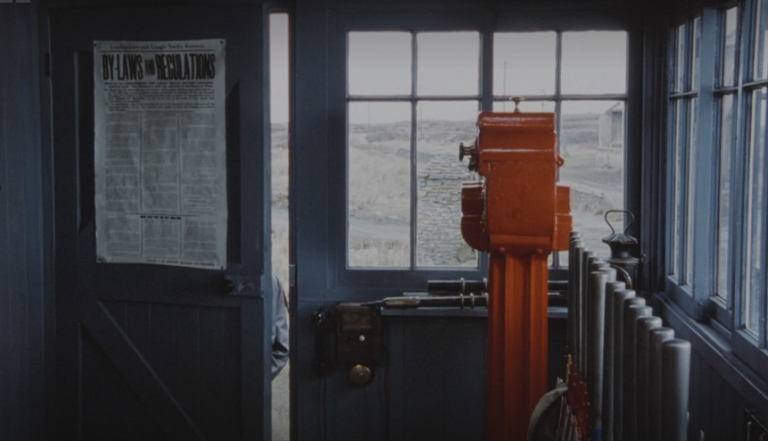 A Portrait Of The Railway Station Man His Role And Responsibilities
May 26, 2025
A Portrait Of The Railway Station Man His Role And Responsibilities
May 26, 2025 -
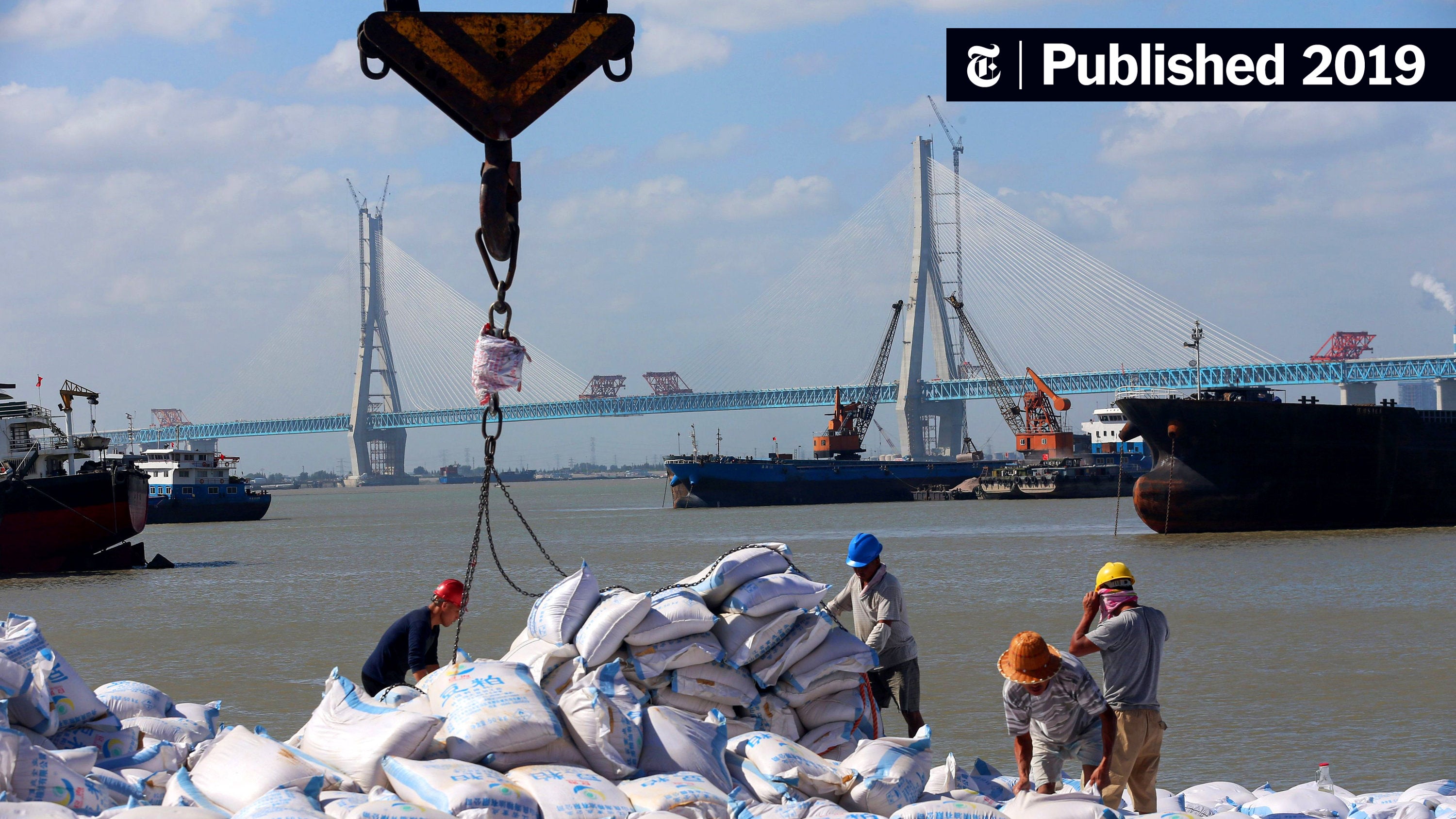 Understanding Trumps Harsh Rhetoric On European Trade Deals
May 26, 2025
Understanding Trumps Harsh Rhetoric On European Trade Deals
May 26, 2025 -
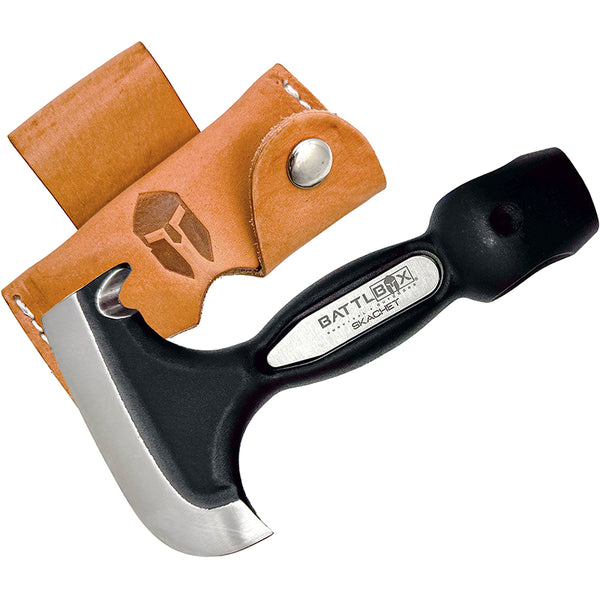 Russell And The Typhoons A Comprehensive Guide For Fans And Music Enthusiasts
May 26, 2025
Russell And The Typhoons A Comprehensive Guide For Fans And Music Enthusiasts
May 26, 2025
Latest Posts
-
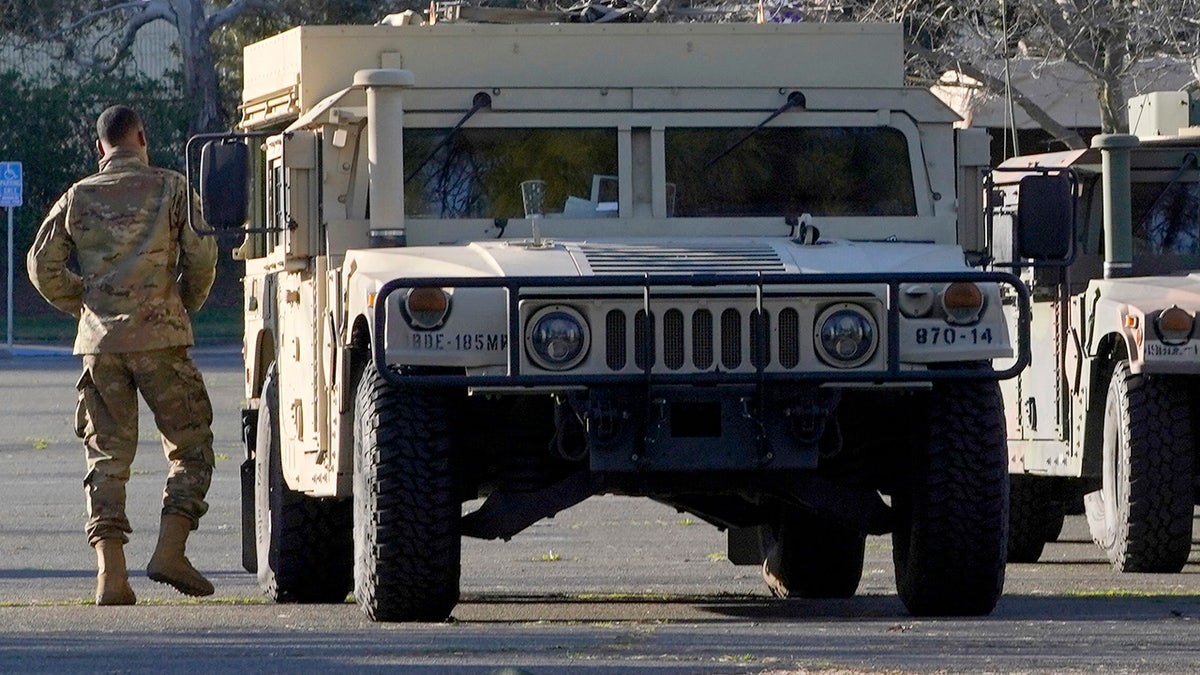 Attaques Contre Les Prisons Bilan Et Consequences De La Visite Ministerielle En Isere
May 30, 2025
Attaques Contre Les Prisons Bilan Et Consequences De La Visite Ministerielle En Isere
May 30, 2025 -
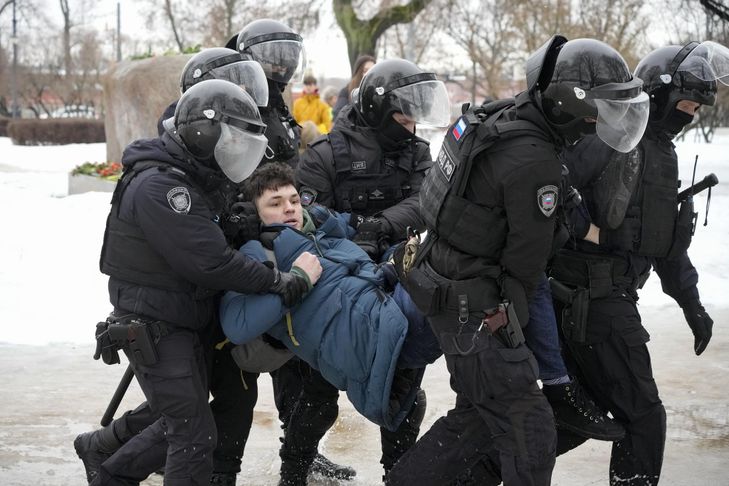 Arcelor Mittal En Russie Le 9 Mai 2025 Analyse De L Emission Franceinfo
May 30, 2025
Arcelor Mittal En Russie Le 9 Mai 2025 Analyse De L Emission Franceinfo
May 30, 2025 -
 Affaire Rn Verdict En Appel Prevu Pour 2026
May 30, 2025
Affaire Rn Verdict En Appel Prevu Pour 2026
May 30, 2025 -
 Municipales A Metz 2026 Jacobelli Dans La Course
May 30, 2025
Municipales A Metz 2026 Jacobelli Dans La Course
May 30, 2025 -
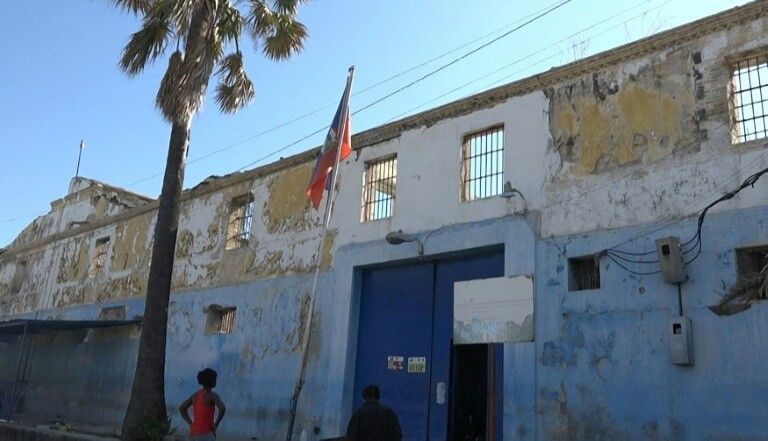 Isere Les Attaques Contre Les Prisons Et La Reponse Ministerielle Critiquee
May 30, 2025
Isere Les Attaques Contre Les Prisons Et La Reponse Ministerielle Critiquee
May 30, 2025
